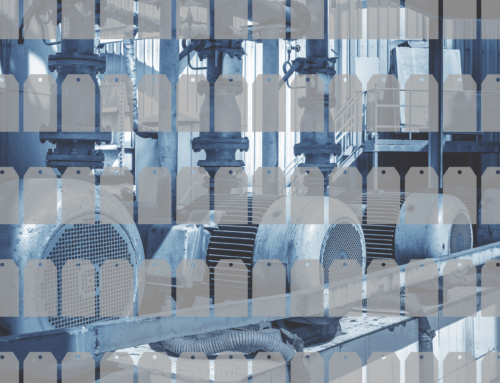As a building block for goods like plastics, dyes, and polyester, the petrochemical industry represents a significant producer in our world economy. To create petrochemical compounds and derivatives used in other manufacturing processes, the industry is a large user of resources including oil and power. To ensure the industry uses resources efficiently and produces the required compounds effectively, the petrochemical industry is taking steps toward becoming a smart plant industry.
A smart plant uses technology and emerging solutions to achieve operational excellence and optimal plant operation. In a smart plant, processes are connected in real-time. This connection enables systems to collect and store big data to transform it into insights for improved decision-making.
Building new plants with the latest and greatest technology is an option for the industry to move closer to Industry 4.0, but this represents a significant financial investment. As a result, many petrochemical organizations have chosen instead to extend the lifespan of their existing sites by adding new solutions to their ecosystem, from energy management to predictive maintenance solutions.
Energy Management for Sustainable Growth
As a large oil and energy consumer, a slight decrease in energy usage has a big impact (both on costs and sustainability). To reduce energy usage, the first step is to reliably know a site’s energy usage in real-time. A site can track this information in a spreadsheet, but to automate this process, sites have implemented energy management modules for their data historians for effective monitoring and analysis of energy usage.
For more information on the future of the petrochemical industry, check out the International Energy Agency (IEA) report titled “The Future of Petrochemicals.” In the report, the IEA notes how implementing an energy management system at petrochemical sites improves the sustainability of the industry in general.
With an integrated data historian, sites monitor facility data with energy-related data to better understand their real-time energy use. Users can analyze energy production, resource use status, efficiency analysis, profit and loss analysis, and supply status with built-in energy management tools. And with a clear understanding of historical and real-time energy usage, petrochemical sites focus on improving energy efficiency while maintaining a high and constant level of production.
Predictive Maintenance for Improved Operations
Since the number of aging petrochemical plants is accelerating and the demand for production remains (or is increasing), there has been an active movement in the industry to develop and apply failure-predictive maintenance and management technology. This technology detects hidden failures to reduce the risk of unplanned shutdowns. By implementing a predictive maintenance (PdM) solution, sites:
- Create a safer industrial environment
- Reduce losses that may occur due to failures
- Prioritize activities with a direct link to efficient operation and effective maintenance
Predictive Maintenance in the Field
To evaluate the value of a PdM strategy, a petrochemical site installed HanAra’s plant health index HanPHI at one of their sites. Using the site’s historical data to create predictive data models, HanPHI monitored the site 24/7, identifying deviations between the real-time values and expected (predicted) values. With a clear indication of the equipment’s health, the site identified, isolated, and rectified potential failures before they become catastrophic failures.
The Challenge
In the site’s steam and condensate system, the recycle compressor exhaust steam is at 150 psi and has a higher temperature rating compared to the refinery header steam (IP). To adjust for this fact, a de-super header is provided with the boiler feed water injection to reduce the temperature for the refinery header. If this temperature reduction does not occur, there is the risk of water hammering. Unfortunately, the site’s DCS system does not monitor this effect, so there is a recurring maintenance log to physically inspect the system to hopefully catch the failure before it results in water hammering.
The Find
During operations, HanPHI identified a deviation in the site’s steam and condensate system. Though the DCS system was not showing any signs of abnormal activity, the site dispatched a maintenance member to physically inspect the system. They quickly identified that the system was not properly managing the temperature and took the necessary actions to get it back running properly to reduce the temperature before reaching the refinery header.
The Benefit
By identifying the failure in advance, the site was able to prevent the failure from turning into a water hammering event. Water hammering can occur when a pressure change occurs because of an abrupt water motion change. This water hammering effect can lead to water leakage, shortened equipment lifespan, or worse. (For non-water hammer familiar readers, check out this YouTube video). Without early intervention, this situation at the site could have led to serious breakdowns and machine downtime losses.
Next Steps
Whether a petrochemical site implements an energy management system, a predictive maintenance solution, or both, they are one step closer to creating a smart plant. Reach out to us today to find out how predictive maintenance software could save you from potential equipment failures tomorrow.






